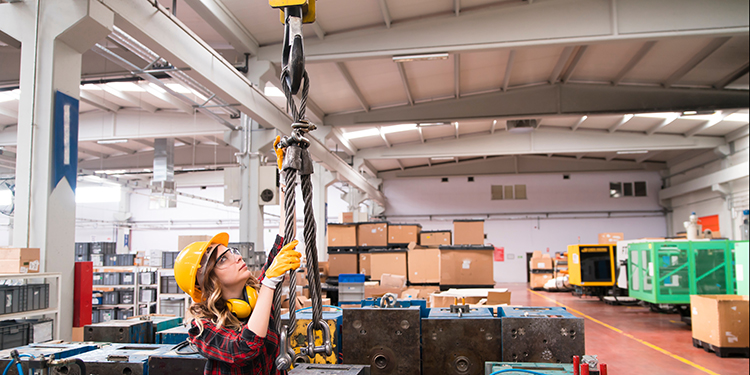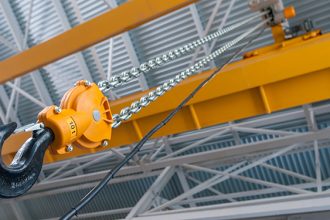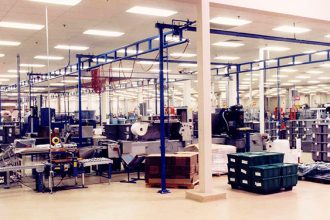5 Signs That A Workstation Crane Needs To Be Replaced

Typically designed to loads ranging from 150 to 4,000 pounds, workstation cranes are dedicated to a specific area or location and are equipped with a load handling device, such as a hoist, that suspends the load. Offered in jib, bridge, and gantry styles, are frequently used in manufacturing and assembly operations that require operators to lift, handle, and move heavy items as part of a work process. With a workstation crane supporting the load, a single operator can lift, lower, position, turn, or move the workpiece more ergonomically and efficiently with significantly less effort.
As with all overhead lifting equipment, workstation cranes should be routinely inspected at a variety of intervals. These include prior to use at the start of a shift, frequently (monthly for normal use; weekly for heavy use; and daily for severe use), or periodically (yearly for normal service; semi-annually for heavy service; or quarterly for severe service application). Sometimes an inspection will uncover damage that can be repaired. In this case, the workstation crane should be removed from service and not used until the repair is completed. However — if repair is not sufficient — the workstation crane will need to be upgraded or replaced with a new one. To help workstation crane owners make that determination, here are five common signs to look for:
- New or different application. Typically, a workstation crane is not replaced unless the process or handling application has been altered significantly. Such changes can include a new facility layout, significant shift in load capacity, or longer (or shorter) distance span.
- High repair costs. When a problem is identified, but the cost of repairing the workstation crane (parts, service, or a combination of both) exceeds 50% to 60% of the cost of a replacement component, an operation should give serious consideration to replacing the system with a new one. A newer model will be supported by the manufacturer, have replacement parts more readily available, and will likely be backed by a warranty for a period of time, allowing it to deliver better value than the previous system.
- Replacement part availability. Some workstation cranes and their components are so well maintained and have performed so well for such a long period of time, they outlive their manufacturer’s ability to provide support and replacement parts have become scarce, difficult to source, or are no longer available. When service parts can no longer be reliably sourced, causing extended periods of downtime, the affected components should be replaced.
- Frequent unplanned downtime. If the workstation crane or its components routinely fail to function as expected — such as slow or erratic response time to manual, wired or remote control — its improper operation is likely causing excessive loss of productivity and increased operational and maintenance costs. When the total of those costs over a given timeframe approaches the cost of new equipment, replacement should be seriously considered.
- Inspector recommendation. In addition to the pre-shift inspections performed by the operator, more in-depth frequent or periodic inspections shall be conducted by in-house maintenance technicians, manufacturers’ service representatives, or an independent workstation crane inspection professional. These evaluations may reveal a problem not visible to an operator. Excessive component wear, cracks, warping, or other internal damage — or any other part that displays indications of potential failure — will be noted by the inspector. Based on that assessment, the workstation crane or its components may be deemed beyond reasonable repair, and replacement recommended.
Looking for more information on the safe use and maintenance of workstation cranes? Connect with the members of the Monorail Manufacturers Association (MMA), who are the industry’s leading suppliers of monorails and workstation cranes. Available to answer any questions, the group also offers a variety of resources — including a product certification program, recommended practices for workstation cranes and patented track systems, and more — via its website at www.MHI.org/MMA.



